John Haley is a busy man. He works full time as a Custom and Product Development Color Tech for LSI Wallcovering, works part-time as an Interior Designer at Honest Homes and runs a creative workshop at Crane House Asia Institute which was recently part of an Art show that he curated!
John has a Bachelor of Fine Arts Degree in Interior Design and a Bachelor of Arts and Science Degree in Communications, both from the University of Louisville. John has been in the Design Industry for approximately a year and a half. He expressed his interest in the Industry during his University experience through Visual Merchandising, internships, curating window displays and event planning.
He feels that a turning point in his career was when he started working at LSI Wallcovering. He says that his position there has “opened a wonderful can of worms that just so happened to actually be cocooned caterpillars ready to burst and begin their life in flight.” He absolutely enjoys his time there, getting dirty with all sorts of inks and metallic on a regular basis, he finds it next to impossible not to find something to be inspired by there.
When asked what he would do differently if given the chance for a ‘do over.’ He says that he would have loved to have studied some aspects of Science. He mentions Chemistry or Biology to perhaps develop a concept for a living house. He also finds the beauty of Science to be inspiring.
His favorite Interior Design Project was his opportunity to work with the University of Louisville’s Hite Art Institute by helping to develop their MFA rehab building’s layout and concept. He found it most exciting to share renderings and concepts with the Institute.
If John were to host a dinner party for his ideal fantasy guest list, the invitees would include: Jean-Michel Basquiat, his little sister Micah and his maternal Grandmother. He would also invite Marco Polo, John Candy, Zaha Hadid, Brittany Murphy, Toussaint Louverture and Jane Jacobs. When asked what we might not know about him he replies that he grew up in Sugarland, Texas!
written by Lisa DeFreese

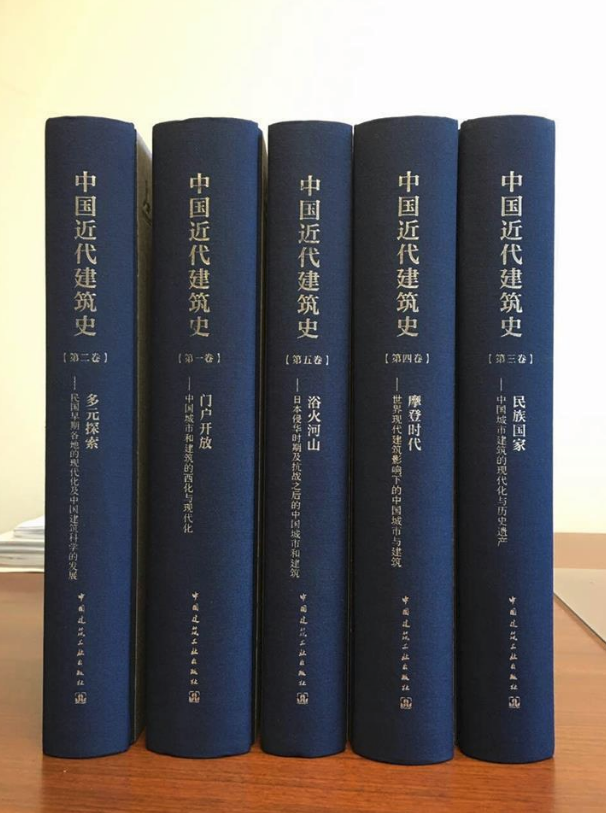
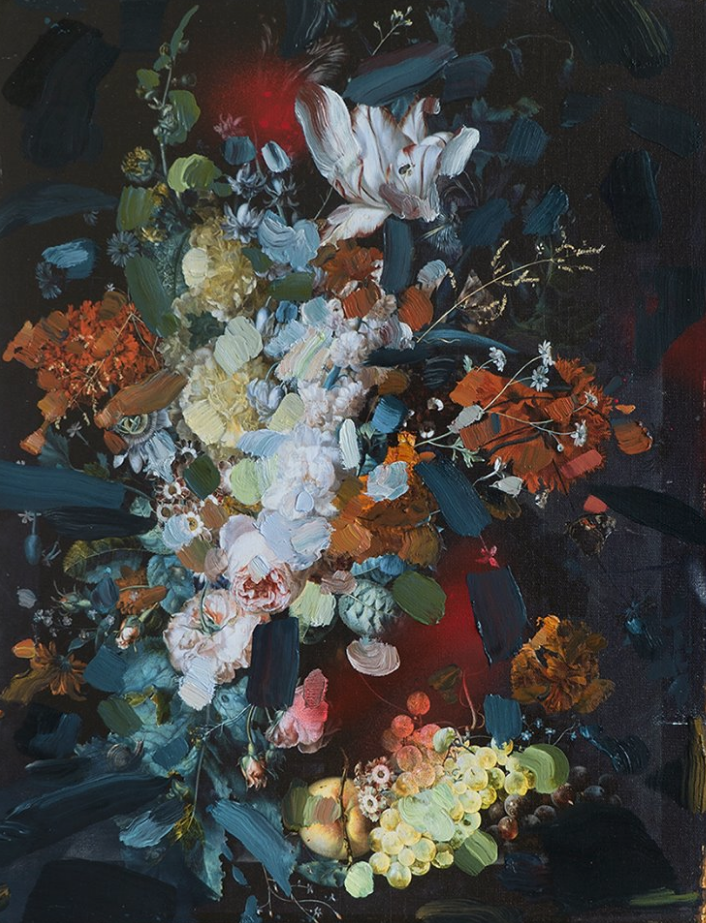
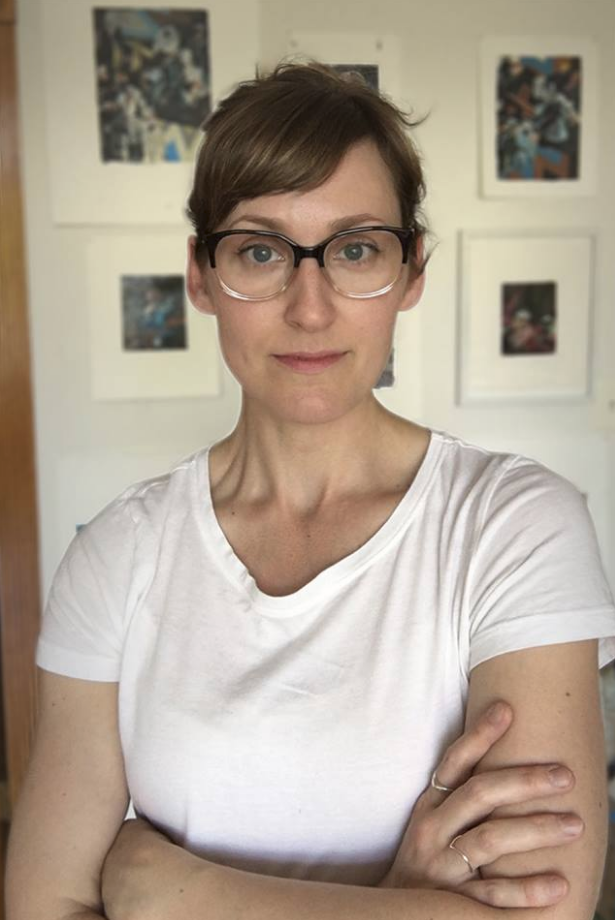

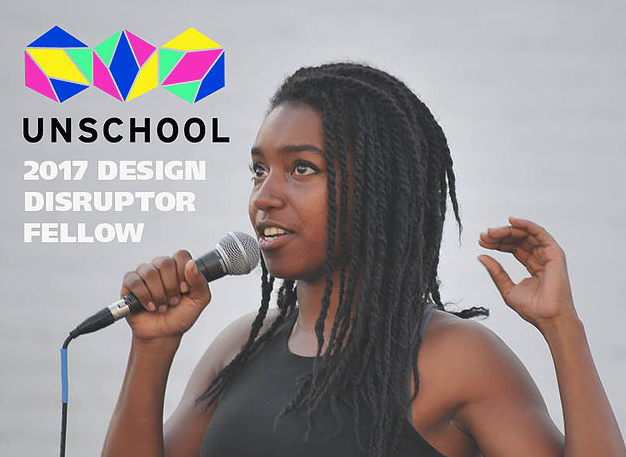
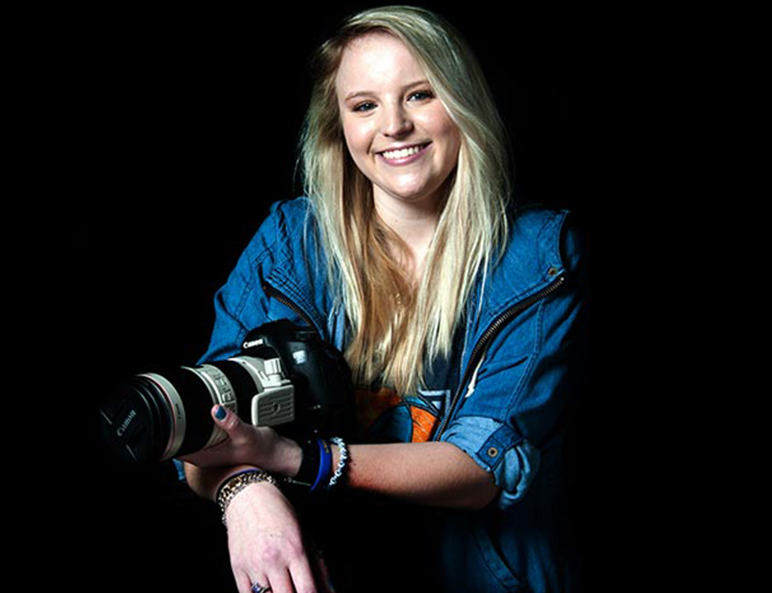
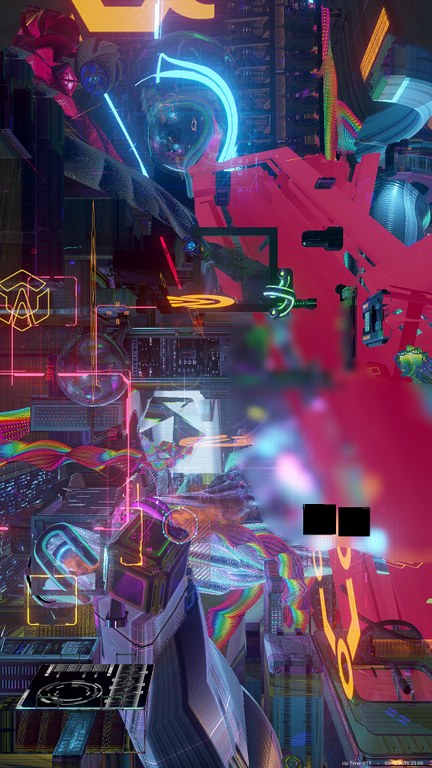
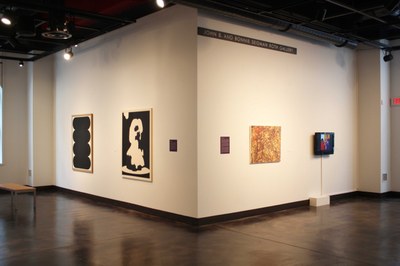
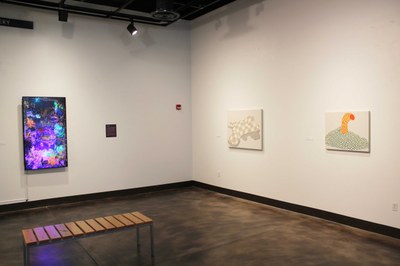
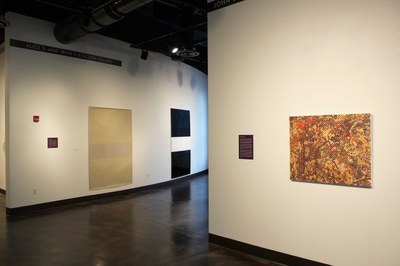
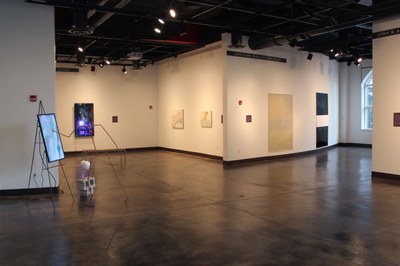
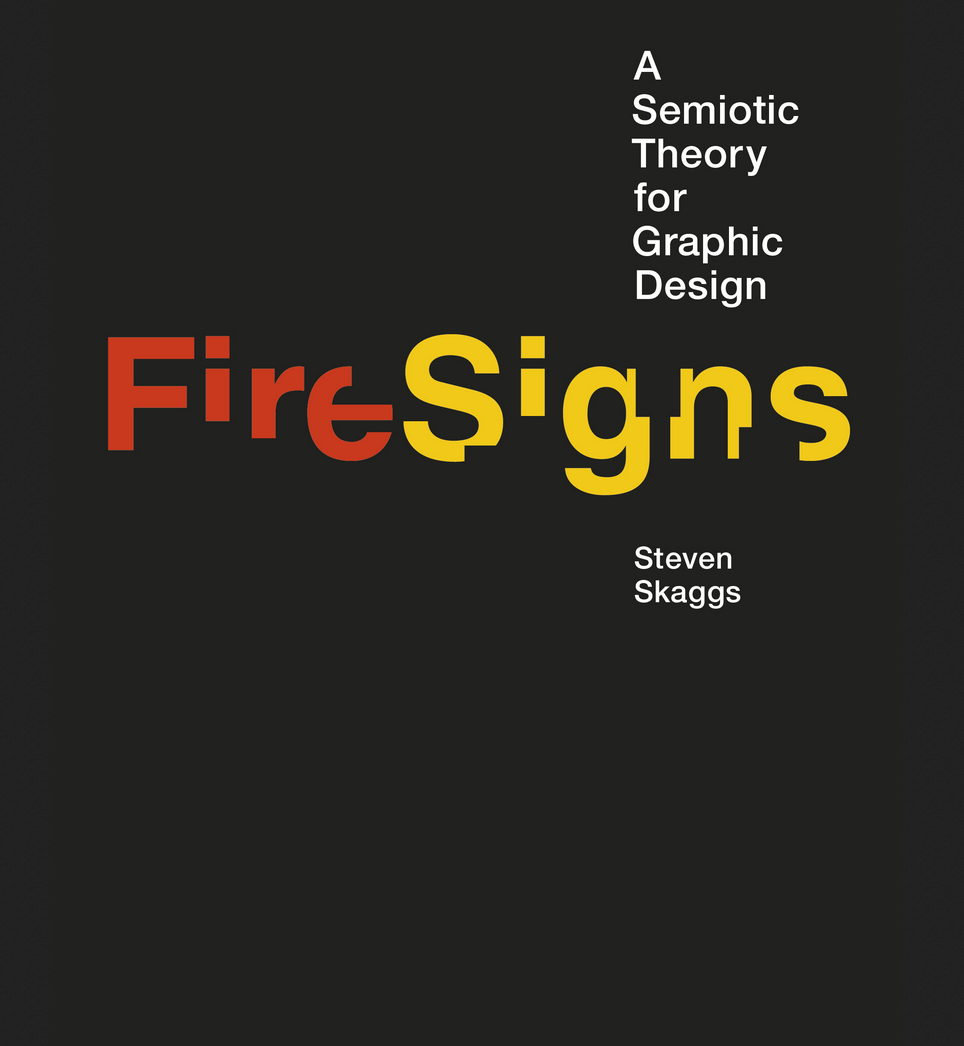
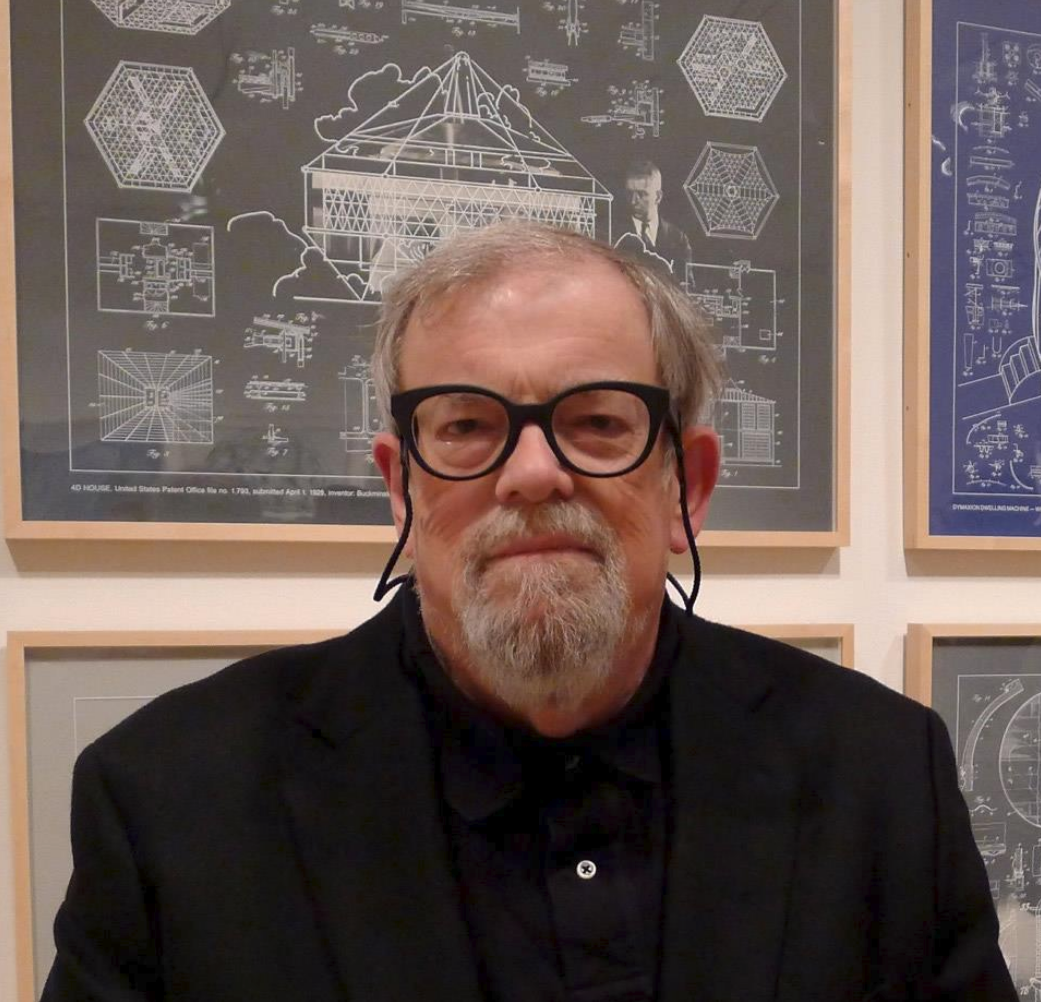

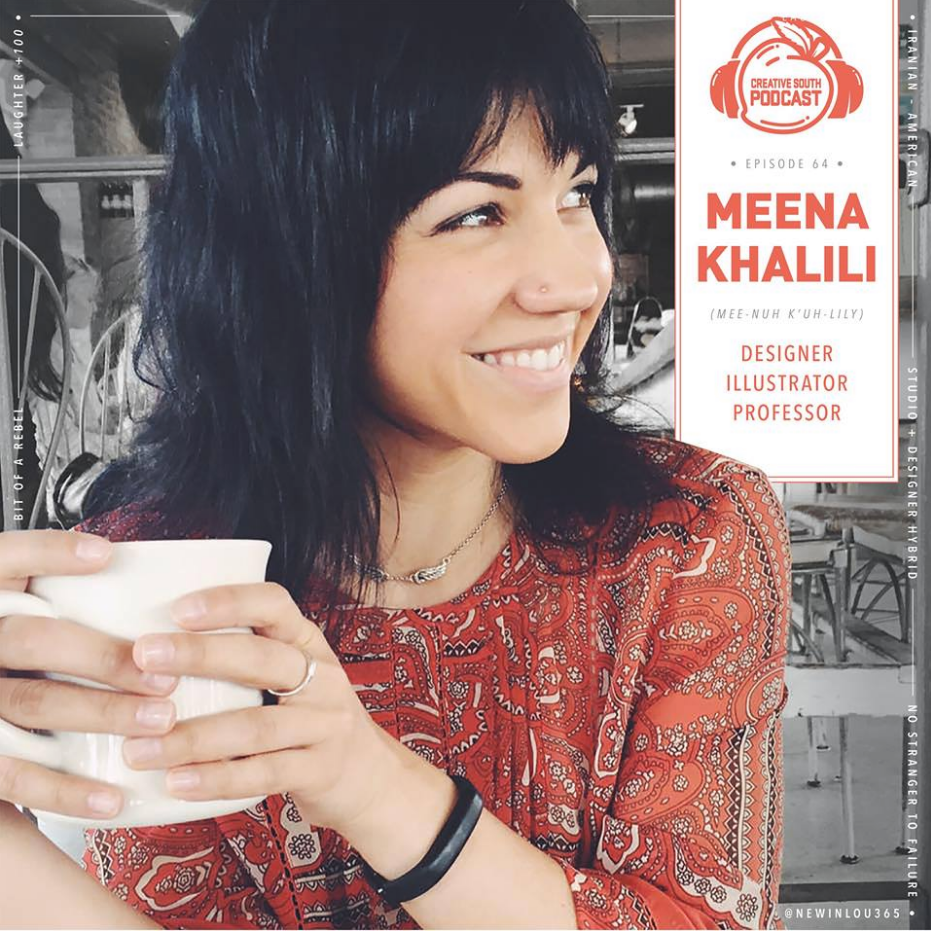

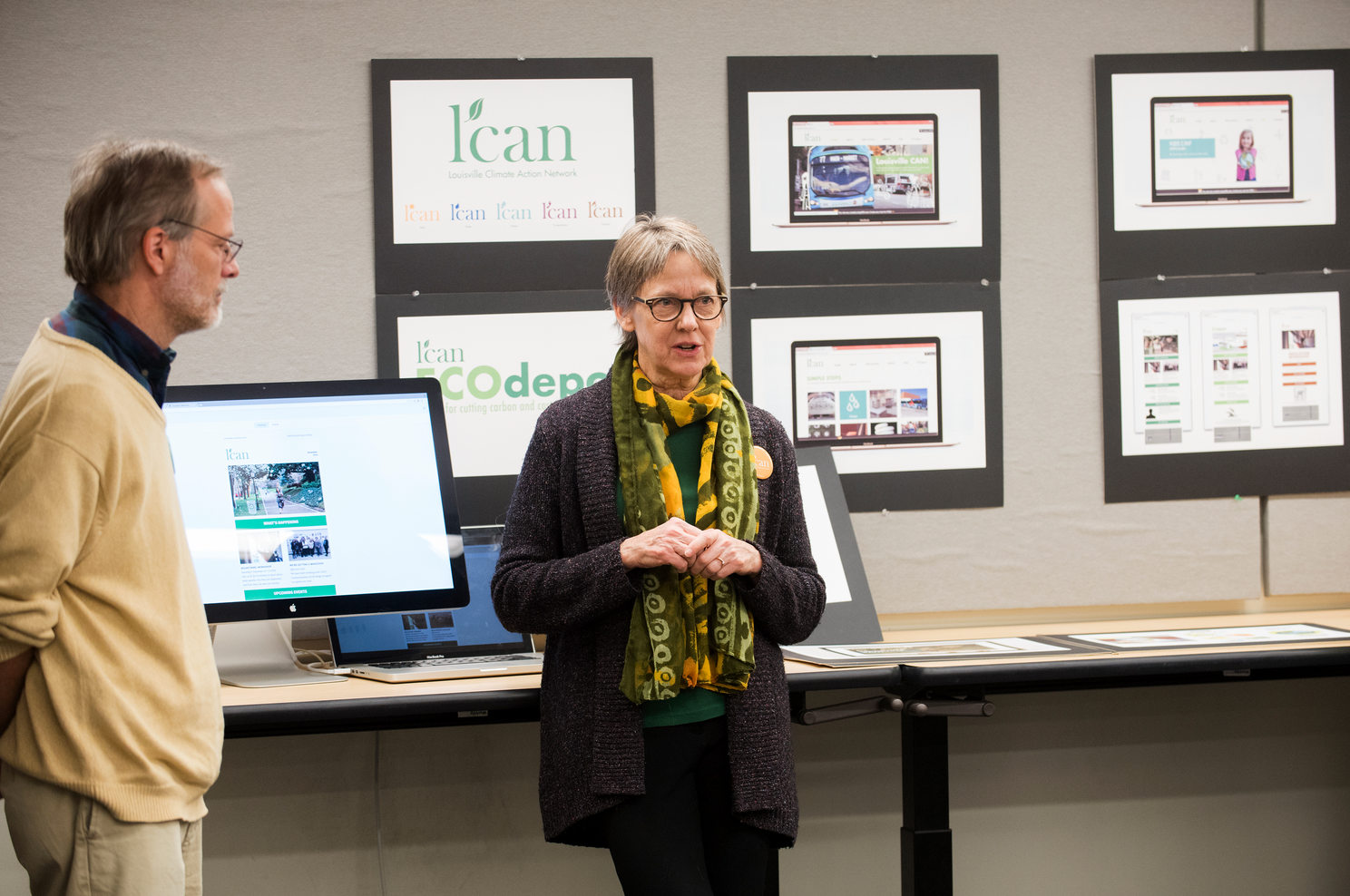

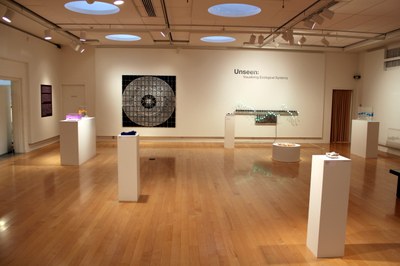

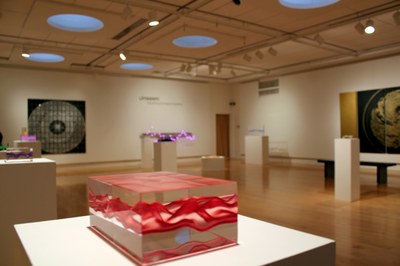
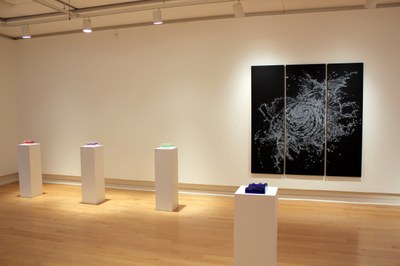
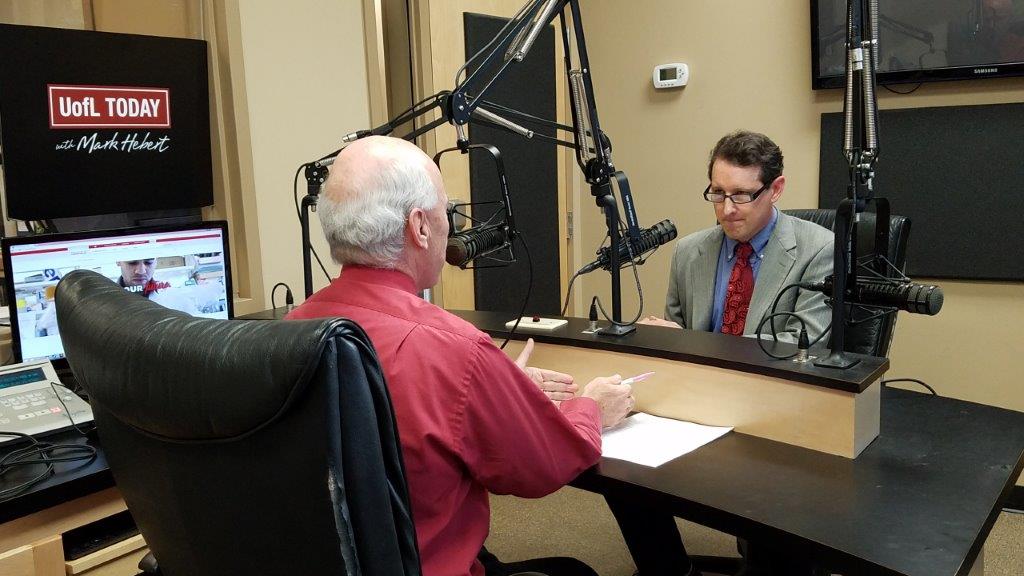
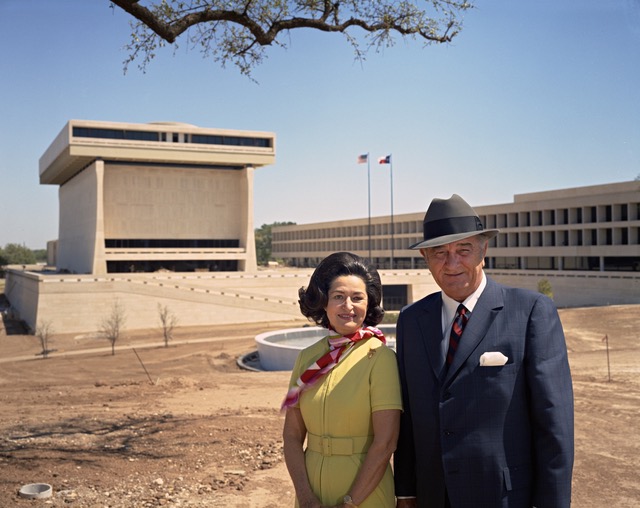
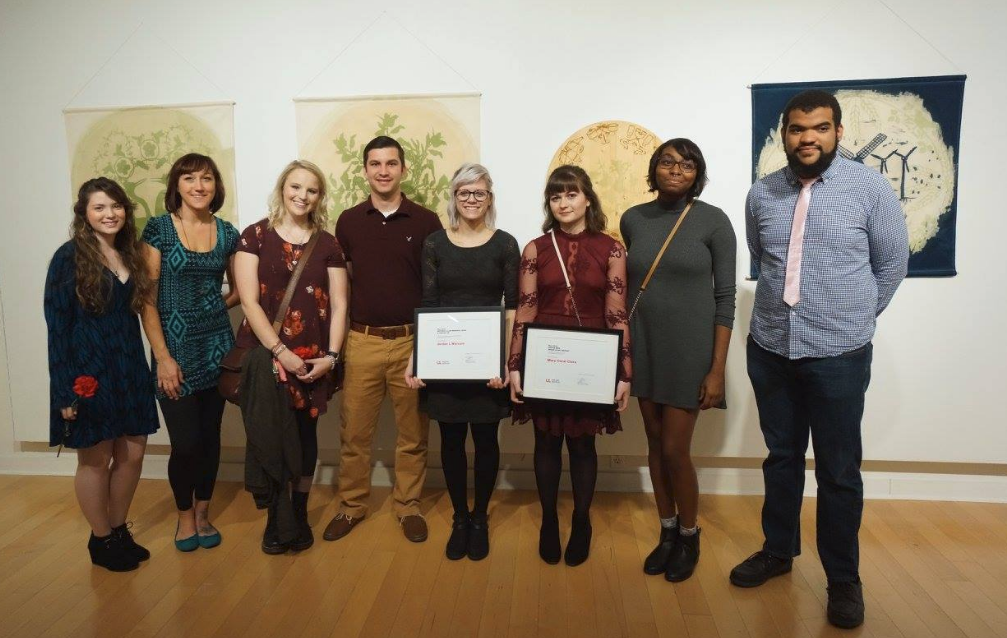
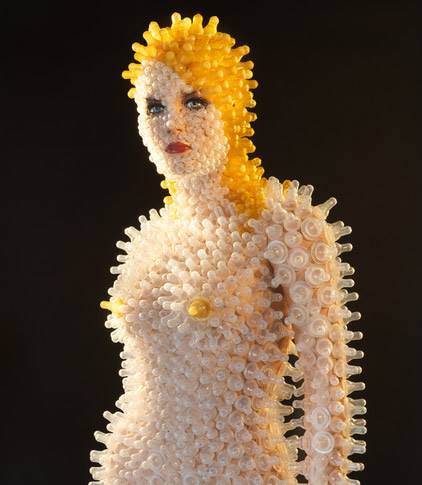
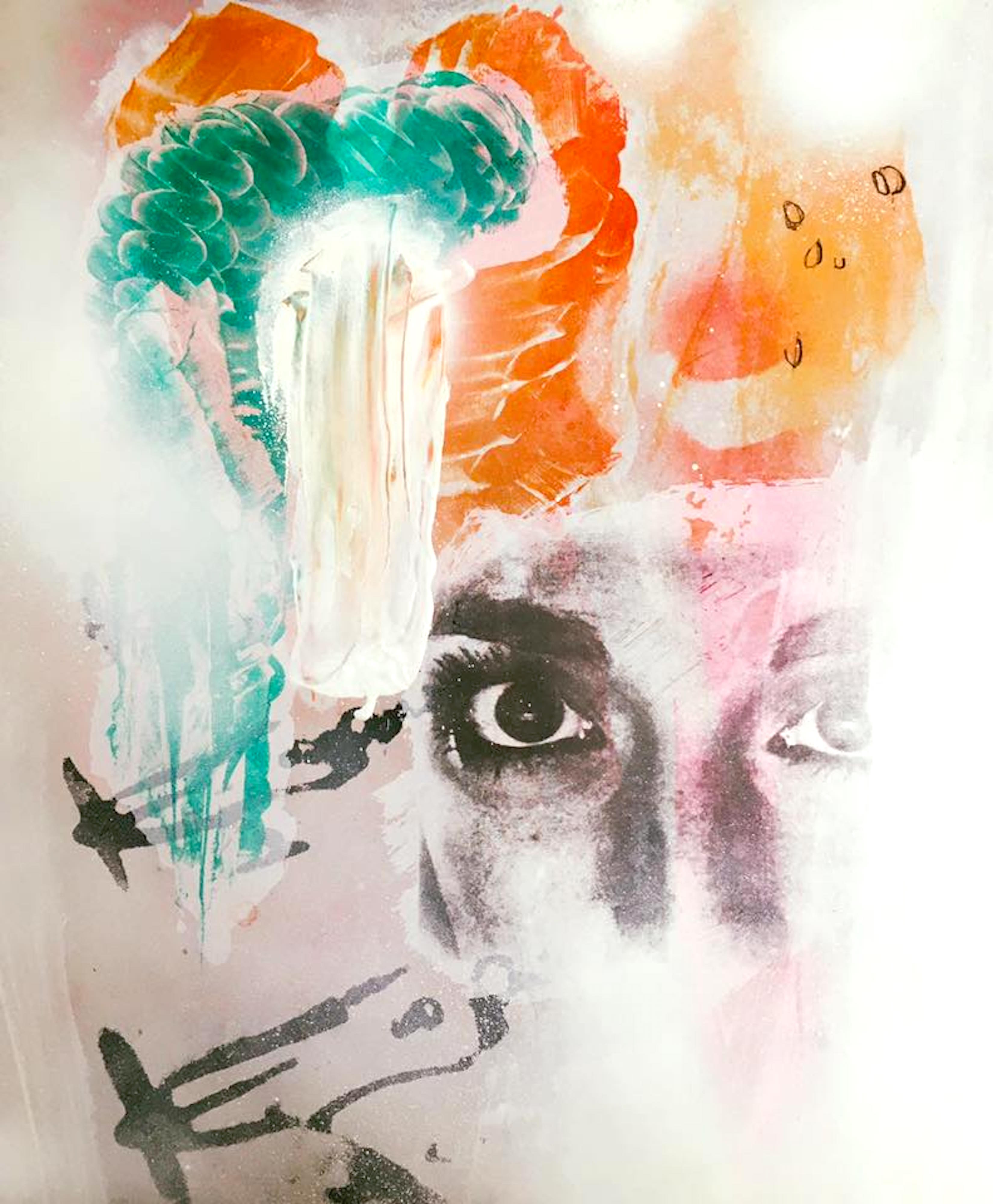

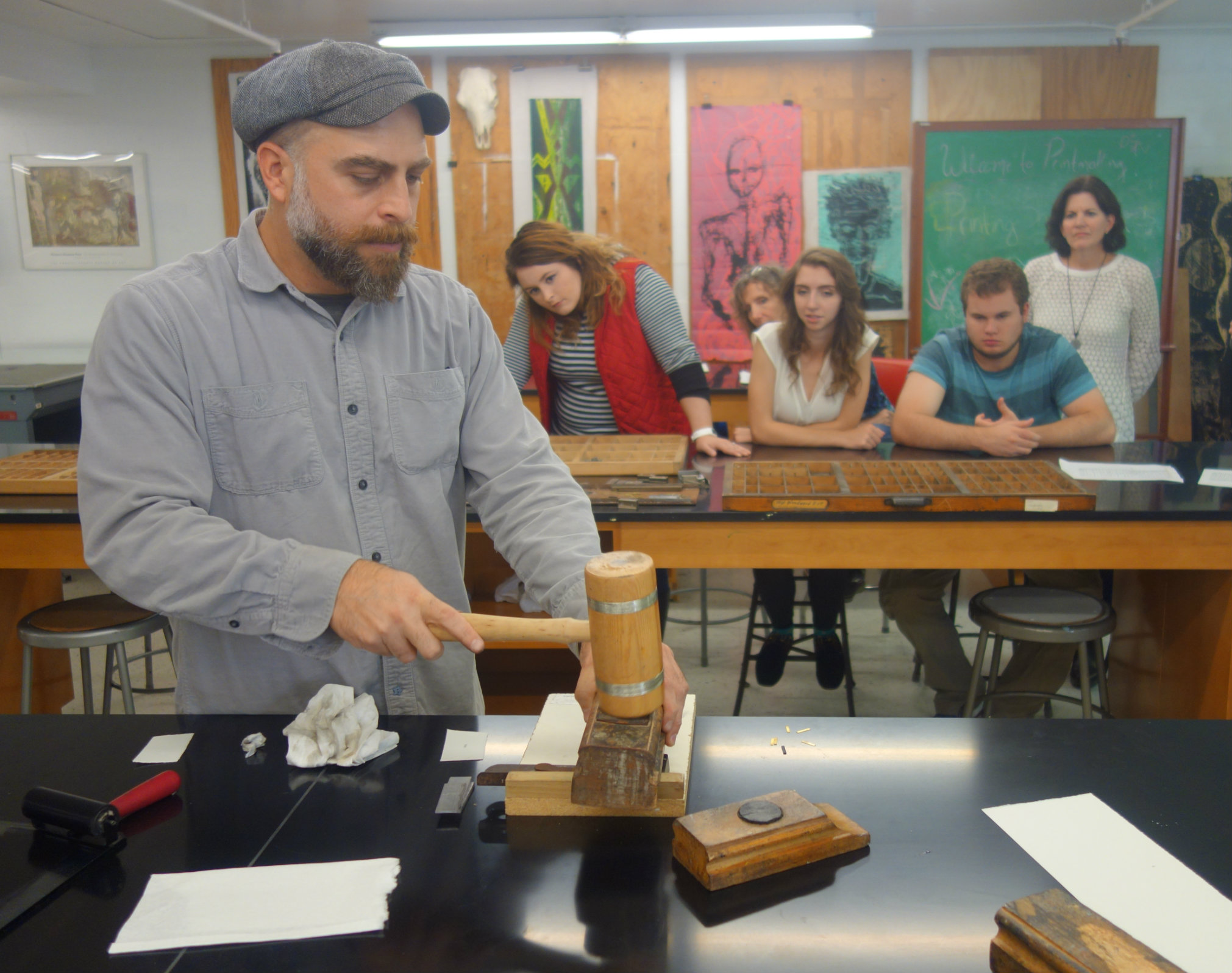

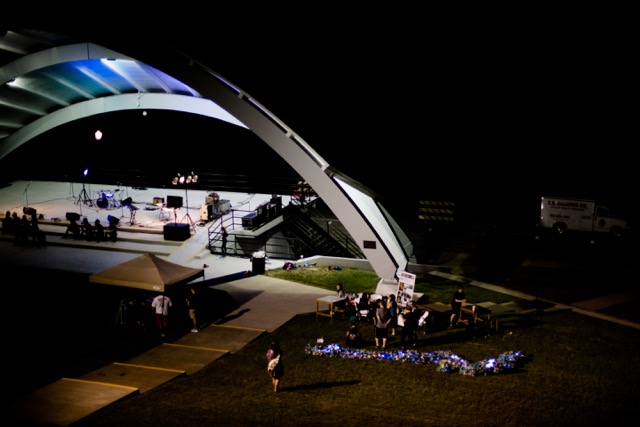
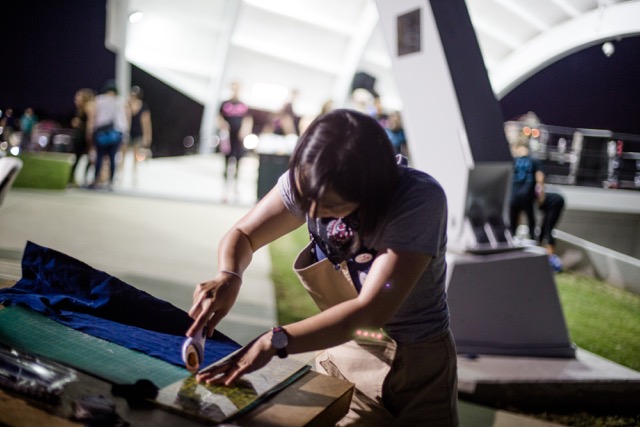
 View student work
View student work Facebook
Facebook Pinterest
Pinterest Twitter
Twitter Instagram
Instagram Facebook
Facebook Pinterest
Pinterest Twitter
Twitter